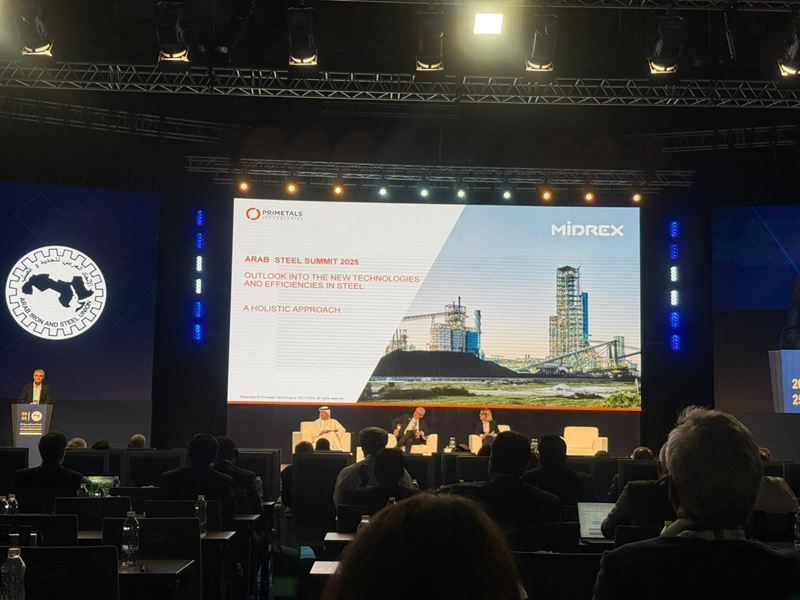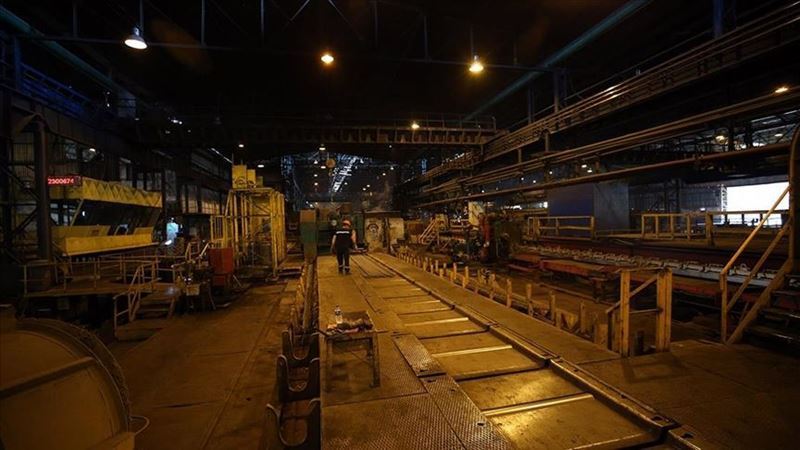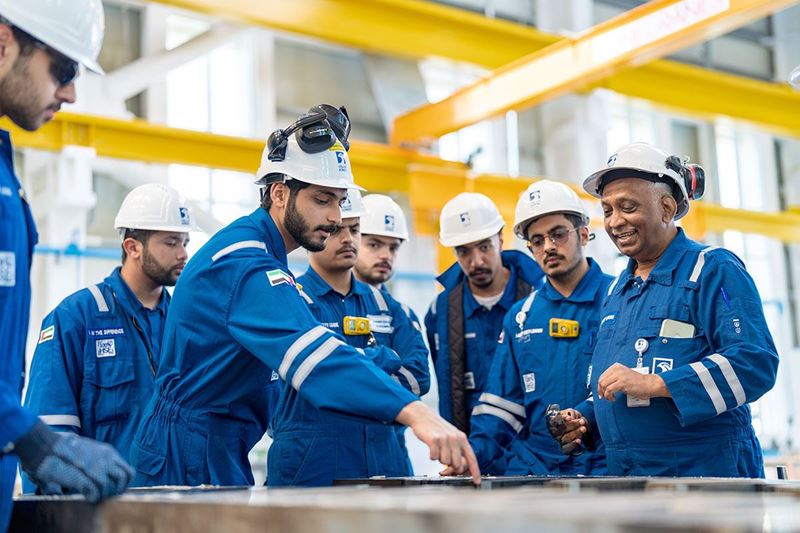Wolfgang Sterrer, Vice President of Direct Reduction at Primetals Technologies, emphasized the strategic importance of DRI (Direct Reduced Iron) technologies in low-carbon steel production, stating: “Today, around 7–8% of the world’s crude steel is produced using direct reduction methods. This share is expected to rise rapidly over the next 30–40 years. We currently see a potential market of 500 to 600 million tons.”
In his presentation, Sterrer noted that direct reduction technologies are driving major transformations not only in energy solutions but also in raw material quality and production efficiency. “Carbon-based technologies will continue to develop,” he said, “but reducing and capturing carbon emissions is now an absolute necessity. In this transition, efficient use of high-quality raw materials and integrated systems with electric arc furnaces will take center stage.”
The role and cost of hydrogen
Highlighting the growing interest in hydrogen-based reduction technologies, Sterrer also addressed the financial aspect of this shift: “Today, the main questions are who will bear the cost of hydrogen and how much energy these processes will consume. At the same time, carbon-based technologies continue to evolve. It’s possible to strike a balance by reducing emissions and implementing carbon capture methods.”
Next-generation digital solutions
Sterrer also shared Primetals Technologies’ progress in digitalization and automation within direct reduction processes:
“Our expert systems, process optimization tools, and AI-based models make the reduction process significantly more efficient. Instead of waiting 4–6 hours for material analysis, we can now evaluate results instantly using predictive models. This leads to substantial gains in energy savings and fuel efficiency.”
Pilot plant investments and human capital
Concluding his speech, Sterrer emphasized that the industry’s transformation depends not only on technology but also on human resources: “We must apply the data obtained from raw material simulations to real-world operations and increase pilot plant investments. Building a strong technical team capable of successfully implementing new projects will be the key to this transformation.”
Global DRI production to reach 637 million tons by 2070
According to data shared by Primetals Technologies, as of 2024, global production of Direct Reduced Iron (DRI)stands at 140.8 million tons. Of this, 54.1% is produced using MIDREX, 29.1% via HYL/Energiron, 11.1% through PERED, and 4.4% by rotary kiln technologies.
Forecasts from the International Energy Agency (IEA) and Primetals Technologies suggest that global DRI production will reach 637 million tons by 2070. A significant share of this growth will come from CCUS-supportedand fully hydrogen-based plants.
Sterrer concluded: “This transformation will not only depend on technological investments but also on process optimization, expert systems, and pilot plant development. True progress will come from innovations that successfully bridge the gap between the laboratory and industrial production.”









Comments
No comment yet.